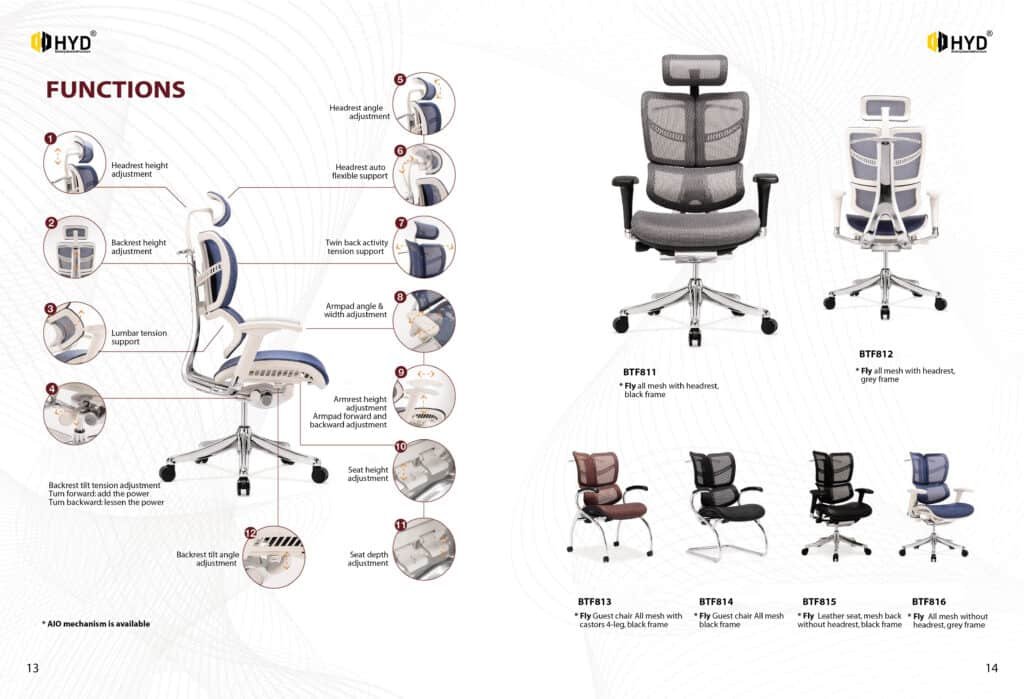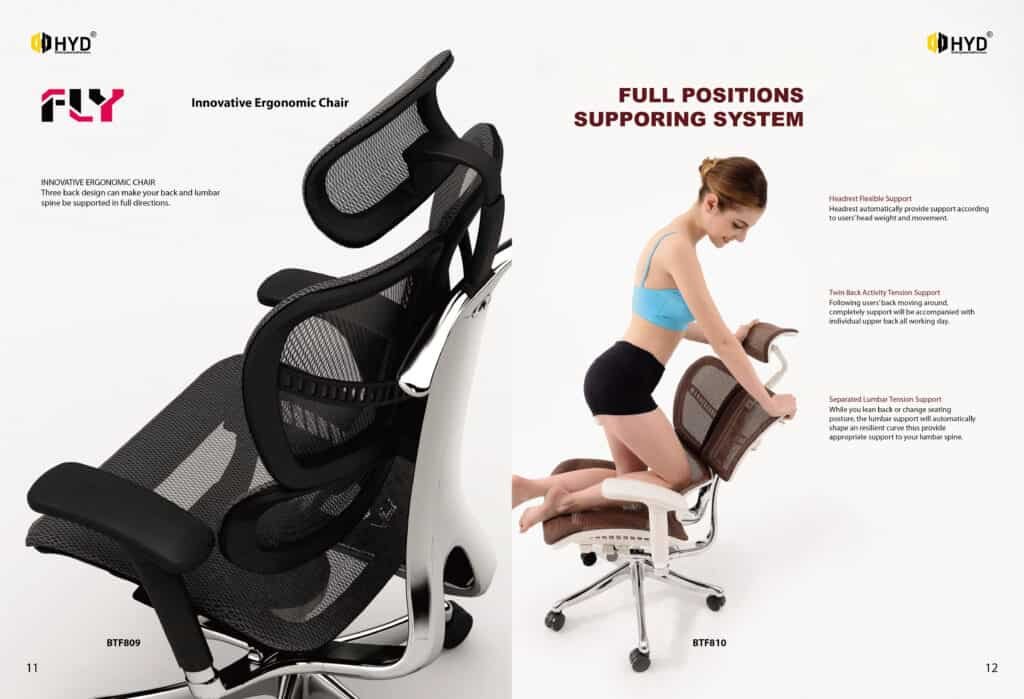It is all about health and productivity.

In weekly we spend 30+ hours sitting at our office, there’s much pressure during working time, But we hope it’s not related with infrastructure just like the office chair connect with body mostly time during 8 hours per day.
Sitting down causes a variety of stresses in our bodies, especially our spines, and this has recently begun to be more recognized by health professionals and is the main reason for the sudden boom of ergonomic chair demand for home and commercial use.
Why should we call it as ergonomic chair, and what’s the difference between office&home Chair and Ergonomic chair?
Ergonomics could be a science, also called human engineering or biotechnology. The discipline involves gazing at how objects may be designed and/or arranged to best compliment easy and safe human interaction.
An ergonomic chair, as an example, may be a chair that has been designed to best support the build, including considerations like posture, comfort, support, and health.
Ergonomic chair features

1. Seat height
A good ergonomic chair will leave the seat height to be adjusted from 15 to 22 inches off the ground. This range suits those that are 5’ to 6’4” tall. At the correct height, your feet should be flat on the ground, together with your knees at a 90-degree angle. this may reduce stress on your knees and lumbar region. A chair with a pneumatic adjustment is good as you’ll be able to correct the peak sitting within the chair, but a chair with a spinning mechanism will work to regulate the seat pan height.
2. Seat width
The standard seat size is between 17 and 20 inches wide to produce ample space for thigh support. Each user must be sitting comfortably on a top-quality seat pan, with a minimum of 1 inch on either side of their hips, but not so wide that their arms have to stretch to touch the armrests.
3. Seat depth
Choose the right ergonomic chair, the seat has to be deep enough for the user to sit down with their back against the backrest but leaves an area for two to 4 fingers between the top of the chair and also the user’s knees. a minimum of ¾ of the thighs have to be supported by the seat. search for chairs with a seat that slides, which lets the user slide the seat in and out while sitting within the chair.
4. Lumbar support
The presence of fine lumbar support and its adjustability, May be a critical criterion. The lumbar supports and stabilizes the main body, including your neck and head. The chair backrest allows for truncal movement, protects the neural structure, and controls leg movements. Sitting during a chair without lumbar support tends to flatten that curve, which ends up in lower back pain. And by considering an ergonomic chair, Lumbar support is the most significant part.
5. Backrest–tilt angle & tilt tension adjustment
A typical backrest is between 11 and 20 inches wide. It must support the natural curve of the spine. An ergonomic office chair should promote dynamic sitting instead of static posture to extend blood flow. It should, therefore, allow its user to undertake different recline postures to alleviate some weight from their lower backs. Pressure on the lumbar discs and muscle activity are at their lowest with a reclining degree that’s between 110 and 130, betting on the body build. So if the ergonomic chair with angle & tilt tension adjustment will allow the user to take a seat in a very comfortable position permanently.
6. Seat and backrest materials
The materials should be comfortable for extended periods.
Make sure the seat pan padding is created of high-quality foam. On most ergonomic chairs, insufficient padding and low-quality foam can cause misalignment within the hips, imbalance, back pain, fatigue, and discomfort.
Avoid unbreathable synthetic materials. Cloth fabric on the seat is comfortable and breathable, and leather is simple to scrub
A mesh backrest keeps its users cool by keeping the air flowing, and comfortably contours the body while spreading the load across an outsized area.
7. Armrests
The armrests must be adjustable and even removable if possible. the best height of armrests is from 7” to 10” above the seat pan height. they must be broad and comfy so the elbows and forearms can rest lightly on them while typing. the higher choice is with”4D” functions;(Height, width, angle, and forward&backward adjustment)
8. Movement and stability
The chair must move and rotate easily so its user can reach anything on their desk without straining. A chair that permits movement also promotes a dynamic position and increases blood flow. What makes a good ergonomic chair is how you’ll easily adjust it to your needs. Everybody is different, so every ergonomic chair must be ready to adapt to its unique user. consider who is going to be using the chair, in what context, and confirm it’s adaptable to each function it’ll serve.
9. Manufacturing and warranties
Your ergonomic chair will bear years of wear and tear and tear, so ensure it comes with a decent warranty. you may also want to test where it’s made (famous brand or B2C Platform), how sustainable it’s, and any certifications it should have. Mostly from Manufacturers will guarantee their distributors, wholesalers, Exclusive Agent by 3-5 years, And It should be related with after-sale service, there’ll be parts replace for Wearing parts.
10. Price
Ergonomic office&home chair prices range from $120 to $1,500.
11. Additional Considerations
When choosing your ergonomic chair, you ought to also consider how long you’ll be sitting in it, because the longer you’re planning on using the chair, the more adjustable options you’ll consider.



